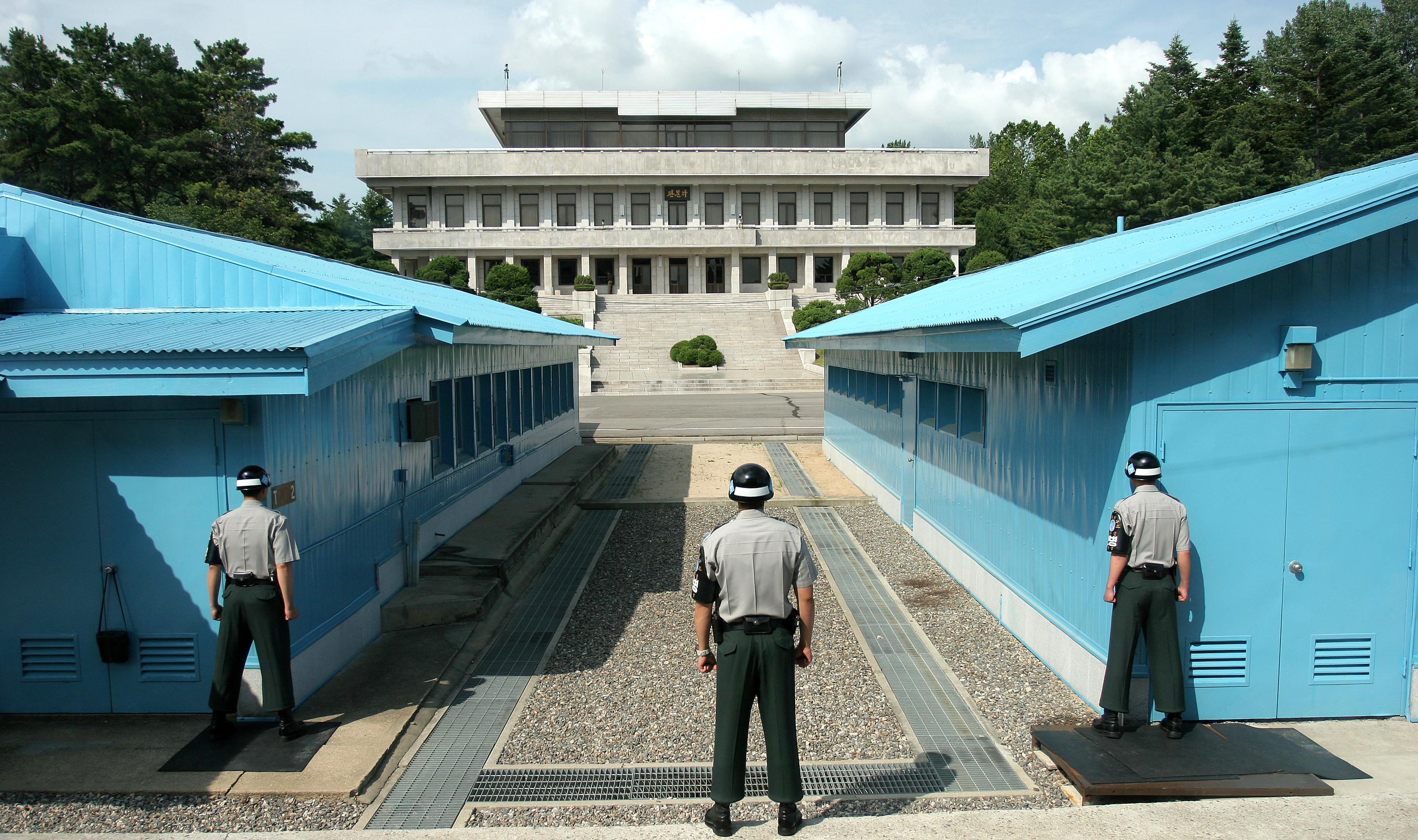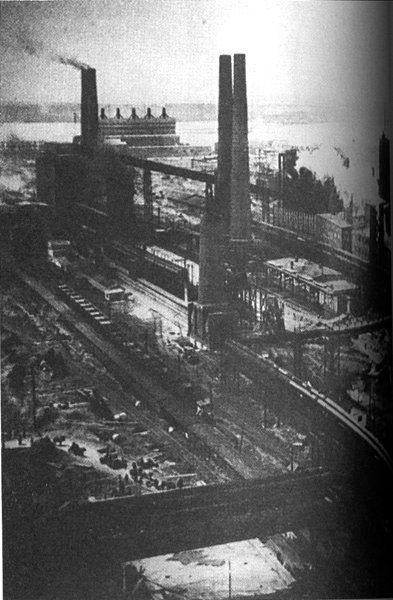|
Uy (Tobol)
The Uy (, ) is a river in Chelyabinsk Oblast in Russia with its upper reaches in Bashkortostan. It partially flows along the borders of Chelyabinsk and Kurgan Oblasts with Kazakhstan. The Uy is a left tributary of the Tobol.Уй (река в Челябинской обл.) The length of the river is 462 km. The area of its basin is 34,400 km2. It freezes up in November and stays icebound in April. The town of and three |
Tobol
The Tobol (, ) is a river in Western Siberia (in Kazakhstan and Russia) and the main (left) tributary of the Irtysh. Its length is , and the area of its drainage basin is . History The Tobol River was one of the four important rivers of the Siberia Khanate. In 1428 the khan was killed in a battle with the forces of Abu'l-Khayr Khan at the Battle of Tobol. In the 16th century, the Tobol was the eastern terminus of the portage route leading westward to the rivers Vishera and Kama. Cities and towns on the Tobol * Lisakovsk in Kazakhstan * Rudni in Kazakhstan * Kostanay (formerly Nikolaevsk) in Kazakhstan * Kurgan in the Russian Federation * Yalutorovsk in the Russian Federation * Tobolsk in the Russian Federation, where the Tobol joins the Irtysh Main tributaries The largest tributaries of the Tobol are, from source to mouth: * Syntasty (left) * Ayat (left) * Uy (left) * Ubagan (right) * Iset (left) * Tura (left) * Tavda (left) References Rivers of Ka ... [...More Info...] [...Related Items...] OR: [Wikipedia] [Google] [Baidu] |
Ural (river)
The Ural, also known as the Yaik , is a river flowing through Russia and Kazakhstan in the continental border between Europe and Asia. It originates in the southern Ural Mountains and discharges into the Caspian Sea. At , it is the third-longest river in Europe after the Volga and the Danube, and the List of the longest Asian rivers, 18th-longest river in Asia. The Ural is conventionally considered part of the boundary between the continents of Europe and Asia. The Ural rises near Mount Kruglaya in the Ural Mountains, flows south parallel and west of the north-flowing Tobol, through Magnitogorsk, and around the southern end of the Urals, through Orsk where it turns west for about , to Orenburg, where the river Sakmara (river), Sakmara joins. From Orenburg it continues west, passing into Kazakhstan, then turning south again at Oral, Kazakhstan, Oral, and meandering through a broad flat plain until it reaches the Caspian a few kilometers below Atyrau, where it forms a fine 'digita ... [...More Info...] [...Related Items...] OR: [Wikipedia] [Google] [Baidu] |
Border Rivers
Borders are generally defined as geographical boundaries, imposed either by features such as oceans and terrain, or by political entities such as governments, sovereign states, federated states, and other subnational entities. Political borders can be established through warfare, colonization, or mutual agreements between the political entities that reside in those areas. Some borders—such as most states' internal administrative borders, or inter-state borders within the Schengen Area—are open and completely unguarded. Most external political borders are partially or fully controlled, and may be crossed legally only at designated border checkpoints; adjacent border zones may also be controlled. For the purposes of border control, airports and seaports are also classed as borders. Most countries have some form of border control to regulate or limit the movement of people, animals, and goods into and out of the country. Under international law, each country is generally perm ... [...More Info...] [...Related Items...] OR: [Wikipedia] [Google] [Baidu] |
Rivers Of Kazakhstan
This is a list of rivers of Kazakhstan, arranged by drainage basin. Tributaries are listed in order from mouth to source. Flowing into the Arctic Ocean Ob Irtysh (''Ertis'') River *Tobol ** Ubagan ** Ayat ** Uy ** Syntasty * Ishim ** Imanburlyq ** Aqqanburlyq ** Terisaqqan ** Zhabay ** Kalkutan *** Boksyk *** Arshaly * Shagan ** Ashchysu * Uba * Ulba * Bukhtarma ** Lukina * Naryn *Kürshim Flowing into endorheic basins Caspian Depression *Volga River ** Akhtuba (''distributary'') *** Kigach (''distributary'') *Ural River ** Shagan **Utva (''Shynghyrlau'') ** Ilek *** Kargaly ** Or * Bolshoy Uzen (''Ülken Özen'') * Maly Uzen (''Kishi Özen'') * Emba * Aschiagar River * Saghyz * Uil * Ashchyozek Aral Sea Syr Darya * Sarysu ** Zhaman Sarysu ** Taldymanaka ** Atasu (river) ** Karakengir * Chu (''Shu'') ** Talas *** Asa ** Ak-Suu ** Kichi-Kemin * Bögen * Arys ** Badam *** Sayramsu ** Mashat ** Boralday * Keles * Sabyrzhylga Akkol * Uly-Zhylanshyk Akmolaisor * Saryozen (Irtysh ba ... [...More Info...] [...Related Items...] OR: [Wikipedia] [Google] [Baidu] |
Rivers Of Kurgan Oblast
A river is a natural stream of fresh water that flows on land or inside caves towards another body of water at a lower elevation, such as an ocean, lake, or another river. A river may run dry before reaching the end of its course if it runs out of water, or only flow during certain seasons. Rivers are regulated by the water cycle, the processes by which water moves around the Earth. Water first enters rivers through precipitation, whether from rainfall, the runoff of water down a slope, the melting of glaciers or snow, or seepage from aquifers beneath the surface of the Earth. Rivers flow in channeled watercourses and merge in confluences to form drainage basins, or catchments, areas where surface water eventually flows to a common outlet. Rivers have a great effect on the landscape around them. They may regularly overflow their banks and flood the surrounding area, spreading nutrients to the surrounding area. Sediment or alluvium carried by rivers shapes the landscape aro ... [...More Info...] [...Related Items...] OR: [Wikipedia] [Google] [Baidu] |
Bashkir Language
Bashkir ( , ) or Bashkort (, ) is a Turkic languages, Turkic language belonging to the Kipchak languages, Kipchak branch. It is official language#Political alternatives, co-official with Russian language, Russian in Bashkortostan. Bashkir has approximately 750,000 native speakers. It has two dialect groups: Southern and Eastern. Bashkir has native speakers in Russia, as well as in Ukraine, Belarus, Kazakhstan, Uzbekistan, Estonia and other neighboring post-Soviet states, and among the Bashkirs, Bashkir diaspora. Speakers Speakers of Bashkir mostly live in the republic of Bashkortostan (a republic within the Russian Federation). Many speakers also live in Tatarstan, Chelyabinsk Oblast, Chelyabinsk, Orenburg Oblast, Orenburg, Tyumen Oblast, Tyumen, Sverdlovsk Oblast, Sverdlovsk and Kurgan Oblasts and other regions of Russia. Minor Bashkir groups also live in Kazakhstan and the United States. In a recent local media report in Bashkortostan, it was reported that some officials of t ... [...More Info...] [...Related Items...] OR: [Wikipedia] [Google] [Baidu] |
Bashkirs
The Bashkirs ( , ) or Bashkorts (, ; , ) are a Turkic peoples, Turkic ethnic group indigenous to Russia. They are concentrated in Bashkortostan, a Republics of Russia, republic of the Russian Federation and in the broader historical region of Badzhgard, which spans both sides of the Ural Mountains, where Eastern Europe meets North Asia. Smaller communities of Bashkirs also live in the Tatarstan, Republic of Tatarstan, Perm Krai the Oblasts of Russia, oblasts of Chelyabinsk Oblast, Chelyabinsk, Orenburg Oblast, Orenburg, Tyumen Oblast, Tyumen, Sverdlovsk Oblast, Sverdlovsk, Kurgan Oblast, Kurgan and other regions in Russia; sizeable minorities exist in Kazakhstan and Uzbekistan. Most Bashkirs speak the Bashkir language, which is similar to the Tatar language, Tatar, Kazakh language, Kazakh and Kyrgyz language, Kyrgyz languages.The Bashkir language belongs to the Kipchak languages, Kipchak branch of Turkic languages; they share historical and cultural affinities with the broader ... [...More Info...] [...Related Items...] OR: [Wikipedia] [Google] [Baidu] |
Plast (town)
Plast () is a town and the administrative center of Plastovsky District in Chelyabinsk Oblast, Russia. It is located on the eastern slopes of the Ural Mountains in the upper basin of the oblast's Uy River, southwest of Chelyabinsk, the administrative center. Population: History It was founded as a gold mine in the mid-19th century. Town status was granted on October 7, 1940. Status Within the framework of administrative divisions, Plast serves as the administrative center of Plastovsky District.Resolution #161 As an administrative division, it is, together with the ''khutor'' of Pchelnik, incorporated within Plastovsky District as the Town of Plast. As a municipal division, the Town of Plast is incorporated within Plastovsky Municipal District as Plastovskoye Urban Settlement. Сlimate Plast offers a temperate continental climate. July is the warmest month; its average temperature is 19.2 °C. The coldest month is January with an average temperature of -16.5 ... [...More Info...] [...Related Items...] OR: [Wikipedia] [Google] [Baidu] |
Magnitogorsk
Magnitogorsk ( rus, Магнитого́рск, p=məɡnʲɪtɐˈɡorsk, ) is an industrial city in Chelyabinsk Oblast, Russia, on the eastern side of the extreme southern extent of the Ural Mountains by the Ural River. Its population is currently . Magnitogorsk was named after Magnetic Mountain, Mount Magnitnaya, a geological anomaly that once consisted almost completely of iron ore, around 55% to 60% iron. It is the second-largest city in Russia that is not the administrative centre of any federal subjects of Russia, federal subject or raion#Administrative districts, district. Magnitogorsk contains the largest iron and steel works in the country: Magnitogorsk Iron and Steel Works. The official motto of the city is "the place where Europe and Asia meet", as the city occupies land in both Europe and Asia. Magnitogorsk is one of only two planned Socialist realism, socialist realist settlements ever built (the other being Nowa Huta in Poland). History Foundation Magnitogorsk ... [...More Info...] [...Related Items...] OR: [Wikipedia] [Google] [Baidu] |
Chelyabinsk
Chelyabinsk; , is the administrative center and largest types of inhabited localities in Russia, city of Chelyabinsk Oblast, Russia. It is the List of cities and towns in Russia by population, seventh-largest city in Russia, with a population of over 1.1 million people, and the second-largest city in the Ural Federal District, after Yekaterinburg. Chelyabinsk is located to the east behind the south part of the Ural Mountains and runs along the Miass (river), Miass River. The area of Chelyabinsk contained the ancient settlement of Arkaim, which belonged to the Sintashta culture. In 1736, a fortress by the name of Chelyaba was founded on the site of a Bashkirs, Bashkir village. Chelyabinsk was granted town status by 1787. Chelyabinsk began to grow rapidly by the early 20th century as a result of the construction of railway links from the European Russia, Russian core to Siberia, including the Trans-Siberian Railway. Its population reached 70,000 by 1917. Under the Soviet Union, C ... [...More Info...] [...Related Items...] OR: [Wikipedia] [Google] [Baidu] |



